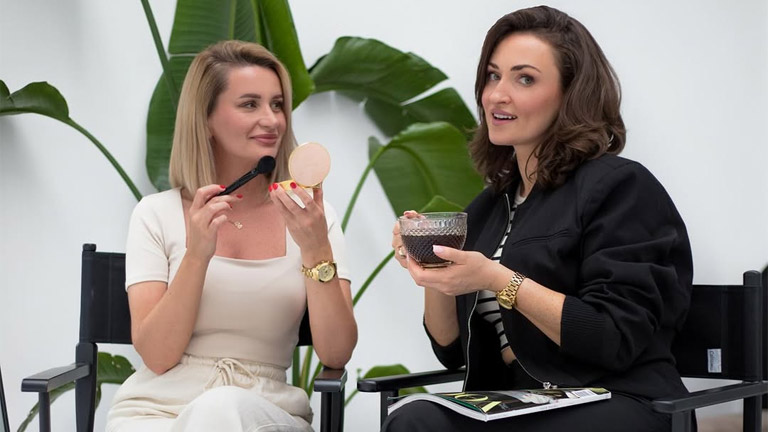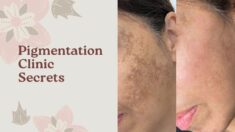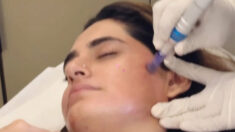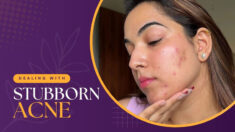
Makeup is often thought of as a tool for the young, but the truth is, it can be even more transformative for mature skin. As skin changes with age, it loses elasticity, becomes drier, and develops fine lines. The application techniques that once worked may no longer have the same effect. That’s where specialised makeup classes come in. These courses teach mature clients and artists alike how to adapt products and methods to highlight natural beauty, boost confidence, and create looks that flatter.
Whether you are a beauty professional wanting to expand your skills or someone seeking to refresh your personal routine, understanding makeup for mature skin is invaluable. Here are the essential techniques and insights that these classes cover.
Why Mature Skin Needs Different Techniques
Mature skin isn’t problematic – it is simply different. Collagen production slows down with age, skin becomes thinner, and sun exposure over the years can leave pigmentation or texture changes. The aim of makeup is not to cover up these signs of life but to enhance features while respecting the skin’s condition.
Professional makeup classes emphasise that mature beauty is about radiance, freshness, and subtle definition rather than heavy coverage. Students learn that the right products and application styles can turn makeup into a tool of empowerment rather than frustration.
Step 1: Skin Preparation Is Non-Negotiable
Good makeup begins with great prep, and this is even more crucial for mature skin. In makeup classes, skin preparation is often a standalone module because it makes such a dramatic difference.
- Hydration first – Fine lines are softened when skin is well-hydrated. A lightweight, nourishing moisturiser creates a smooth base.
- Gentle exfoliation – Removing dead skin cells brightens the complexion, but harsh scrubs should be avoided.
- Priming with purpose – A radiant or hydrating primer helps blur texture while preventing foundation from sinking into lines.
Proper prep allows makeup to sit on top of the skin, rather than accentuating dryness or uneven texture.
Step 2: Choosing the Right Foundation
One of the biggest mistakes with mature skin is relying on heavy foundations. Instead, makeup classes teach that less is more.
- Lightweight formulas such as tinted moisturisers, light-coverage foundations, or serum foundations provide evenness without looking cakey.
- Build strategically – Apply only where coverage is needed (like redness or pigmentation), keeping other areas natural.
- Avoid matte extremes – Dewy finishes bring life back to mature skin, but overly shiny products can exaggerate texture.
The focus is always on creating a healthy, radiant look rather than masking imperfections.
Step 3: Concealer for Brightness, Not Just Coverage
Concealer can be a double-edged sword. Used incorrectly, it settles into fine lines. Used correctly, it refreshes the face instantly.
In makeup classes, artists learn techniques such as:
- Applying a small amount of lightweight concealer in the inner corner of the eyes to combat darkness.
- Use colour-correcting products sparingly to balance pigmentation before concealer.
- Avoid thick formulas under the eyes, which tend to crease.
The goal is subtle brightening rather than full coverage.
Step 4: Blush and Bronzer for a Natural Glow
As skin matures, natural flush and warmth can fade. Adding colour back into the cheeks and complexion creates vibrancy.
- Cream blushes are often recommended in makeup classes because they blend seamlessly into the skin and give a youthful, fresh finish.
- Soft bronzers should be used sparingly to add warmth without harsh contouring.
- Placement matters – higher on the cheekbones rather than too low, to subtly lift the face.
Step 5: Eye Techniques That Flatter
The eye area is often the first to show signs of ageing, with drooping lids, fine lines, and dryness. But with the right techniques, eyes can still pop beautifully.
What makeup classes teach:
- Neutral, satin-finish shadows work better than heavy glitter, which can accentuate creases.
- Matte shades are excellent for defining the crease and creating subtle lift.
- Liner adjustments – Instead of heavy lines, softer smudges along the lash line enhance definition without closing the eyes in.
- Brows are key – Well-groomed brows frame the face. Filling them with fine strokes rather than blocky shapes creates a softer look.
Step 6: Lips That Look Fresh and Full
With age, lips can lose volume and colour. The right lip products restore balance without being overpowering.
- Hydration is step one – Lip balms or oils help smooth lines before applying colour.
- Lip liners prevent feathering and can subtly reshape the lips.
- Cream or satin lipsticks add colour without drying. Matte formulas can emphasise fine lines.
In makeup classes, artists are encouraged to keep lip colours vibrant but not overpowering, focusing on shades that complement skin tone and add brightness.
Step 7: Setting Makeup Without Overdoing It
Powder has its place, but over-powdering is a common mistake with mature skin. Makeup classes emphasise a selective setting:
- Apply powder only where necessary – usually around the T-zone.
- Choose finely milled, translucent formulas.
- Use setting sprays for hydration and longevity without heaviness.
This approach ensures makeup lasts while maintaining a fresh, radiant finish.
Building Confidence Through Makeup
Perhaps the most important lesson taught in professional makeup classes is that makeup for mature skin is about enhancing, not hiding. Clients often rediscover their love for beauty when they realise makeup can be tailored to their current needs rather than trying to replicate routines from decades earlier.
For professionals, mastering these techniques opens up a whole new client base – women who want makeup that respects and enhances their age, rather than fighting against it. For individuals, the right education transforms daily routines into moments of self-care and confidence.
Final Thoughts
Mature skin tells a story of life, experience, and resilience. Makeup should celebrate that story, not mask it. By focusing on hydration, lightweight coverage, strategic brightening, and flattering colour placement, makeup becomes a tool for enhancing natural beauty at every age.
Specialised makeup classes provide the training to master these techniques, whether you’re a professional artist expanding your skills or someone looking to refine your personal makeup routine. With the right knowledge, mature skin can look radiant, fresh, and full of life – proving that beauty truly has no age limit.


